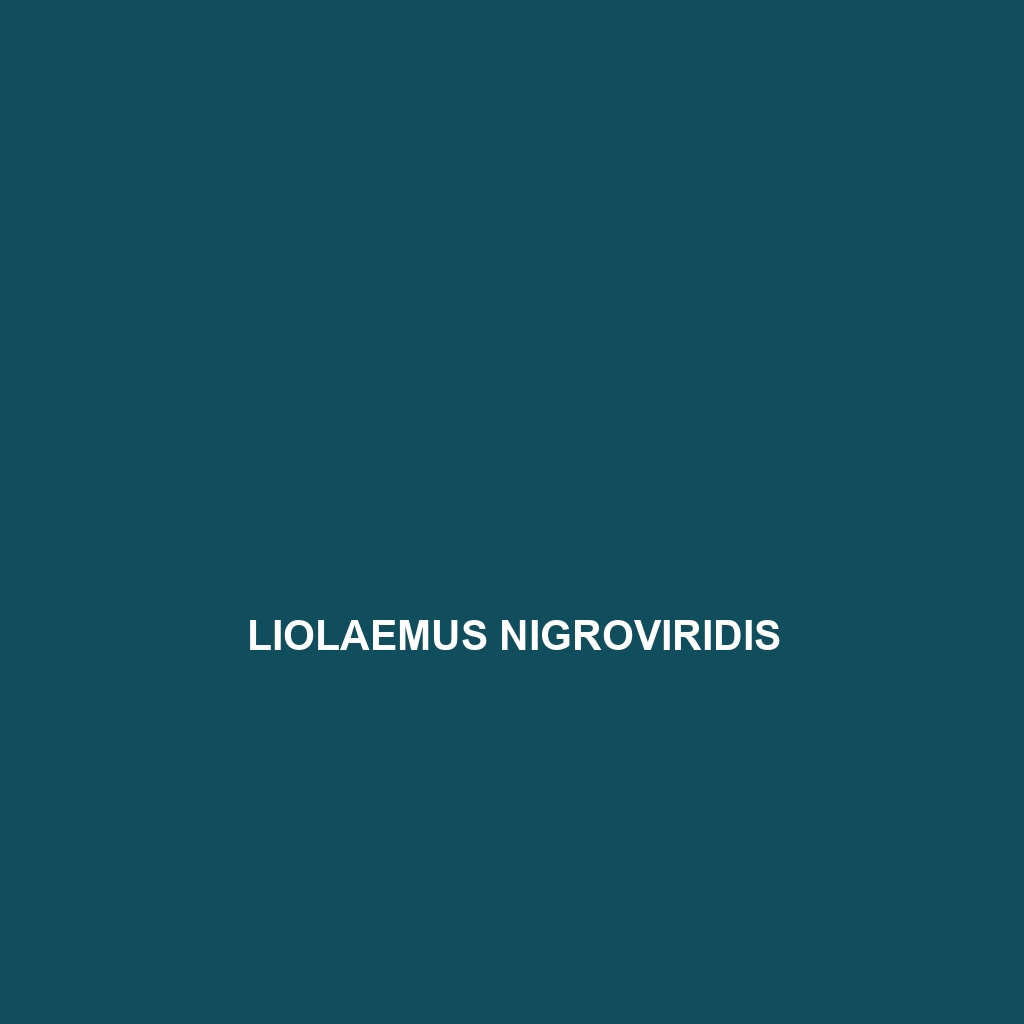Discover the fascinating Liolaemus stolzmanni, a moderately sized lizard native to the rocky montane regions of Argentina and Chile, known for its unique coloration and adaptability to varying climates. This insectivorous species exhibits complex social behaviors, plays a vital role in its ecosystem, and has a reproductive strategy of live births, making it a captivating subject for ecological studies.
Tag: Chilean reptiles
Liolaemus splendidus
Discover the stunning Liolaemus splendidus, or splendid lizard, a vibrant insectivore native to southern South America, thriving in diverse habitats from temperate forests to rocky outcrops. With its striking coloration and unique behaviors, this remarkable species plays a vital role in maintaining ecological balance.
Liolaemus puritamensis
Liolaemus puritamensis, commonly found in the temperate forests and grasslands of South America, is a distinctive lizard species known for its agile movements, unique coloration, and ability to retain moisture through granular scales. Primarily insectivorous, these diurnal lizards play a crucial ecological role in regulating insect populations and contributing to nutrient cycling in their habitats.
Liolaemus poecilochromus
<p><b>Liolaemus poecilochromus</b>, also known as the multi-colored lizard, is a vibrant species native to the temperate forests and shrublands of Argentina and Chile, reaching up to 25 cm in length. This adaptable omnivore thrives in diverse habitats and plays a vital role in its ecosystem, contributing to the balance of local food webs.</p>
Liolaemus pikunche
Experience the unique charm of the Pikunche lizard (Liolaemus pikunche), a robust, olive-green reptile native to the montane regions of Chile that thrives in diverse habitats. With specialized climbing abilities and intriguing social behaviors, this omnivorous species plays a vital role in its ecosystem while showcasing remarkable adaptability and color-changing abilities.
Liolaemus parvus
Liolaemus parvus is a small, insectivorous lizard native to the temperate forests and savannas of Argentina and Chile, typically measuring 5 to 10 centimeters in length. Known for its distinctive coloration and rough texture, this diurnal species plays a crucial role in its ecosystem by controlling insect populations while also serving as prey for various birds and mammals.
Liolaemus pantherinus
<p><b>Liolaemus pantherinus</b>, or the Patagonian lizard, is a striking species found in the diverse ecosystems of Patagonia, Argentina, and Chile, characterized by its vibrant coloration and agile movement. This insectivorous lizard plays a crucial role in regulating insect populations and serves as a bioindicator for ecosystem health.</p>
Liolaemus nigroviridis
<p><b>Liolaemus nigroviridis</b>, a medium-sized lizard found in the temperate forests and grasslands of Chile and Argentina, is known for its striking green and dark brown coloration that provides excellent camouflage. This diurnal omnivore plays a crucial role in its ecosystem by controlling insect populations while exhibiting unique behaviors such as complex courtship rituals and color adaptation for survival.</p>
Liolaemus lonquimayensis
Discover the fascinating Liolaemus lonquimayensis, a unique lizard from the temperate regions of Chile, known for its robust body, camouflage coloration, and interesting behaviors such as territorial displays and opportunistic feeding on insects. This species thrives in rocky habitats and plays a vital role in maintaining the ecological balance by controlling insect populations.
Liolaemus lavillai
Liolaemus lavillai, also known as Lavilla's Liolaemus, is a vulnerable lizard native to the arid Atacama Desert of northern Chile, measuring 6 to 10 cm in length and exhibiting remarkable adaptations to extreme temperatures and rocky habitats. This insectivorous species practices ovoviviparity, giving birth to live young, and plays a crucial role in its ecosystem by helping control insect populations.









